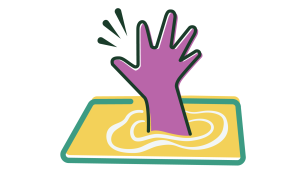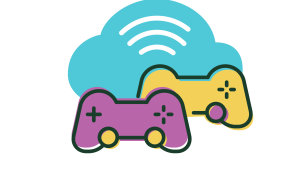
Whether it’s an obsession, addiction, or just excessive, problematic media use can be a concern. But devices are so commonplace, how can you tell if your child’s use is normal, or a problem? Problematic use can be general (all screens) or specific (smartphone, social media, gaming, etc.).
Generally, any use can be problematic if it is causing impairment in the child’s life or negatively impacting their well-being. Here are a few specific signs to watch out for:
- Interference with other activities like school work, sleep, physical activity, or spending time with friends and family
- Difficulty controlling screen use or setting limits
- Extreme irritability or frustration when screen time ends or devices are unavailable
- Mental preoccupation with screens (thinking or talking about screens excessively during non-screen activities)
- Secretive or deceptive behaviors around screen use
- Reliance on devices for calming or entertainment (to the exclusion of other methods)
- Other general signs of impairment or declining well-being*:
- A loss of interest in other hobbies or activities previously enjoyed
- Daytime sleepiness, poor sleep habits, etc.
- Poor hygiene
- Weight gain or weight loss
- General irritability
- Declining grades
- Social isolation
*These signs can be indicators of a general issue, so it is important to first identify if the changes are driven by screen use or another stressor in the child’s life.
If your child or someone you love is exhibiting a compulsive pattern around technology those people never come in with just that problem. There is always comorbidity… oftentimes compulsive tech patterns are really a symptom of or somehow related to real mental health concerns.






